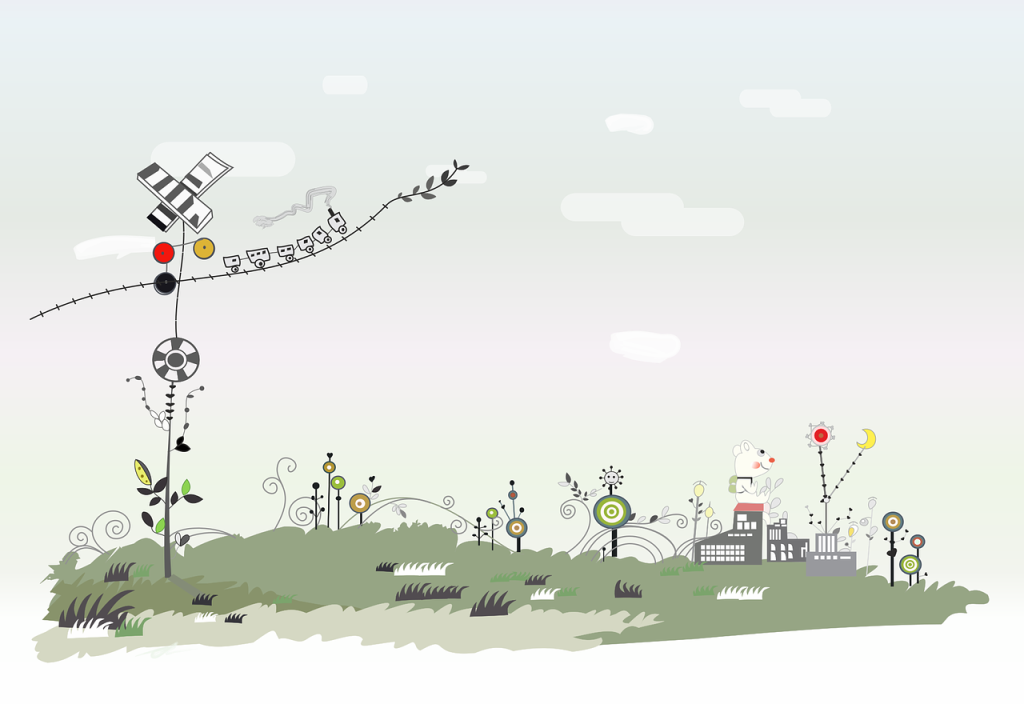Table of Contents
ToggleIntroduction:
Zero-waste living is a lifestyle that aims to reduce waste, conserve resources, and minimize environmental impact. It’s a holistic approach to living that encompasses everything from the food we eat to the products we use and the way we dispose of waste. Here’s the ultimate guide to zero-waste living and how to reduce your environmental impact and live a more sustainable life.
Understand the concept of zero-waste
The first step to zero-waste living is to understand the concept. Zero waste is about reducing, reusing, and recycling as much as possible, with the goal of sending nothing to the landfill. It’s about using resources efficiently and minimizing waste throughout your entire life.
Evaluate your current waste
The next step is to evaluate your current waste. Keep a waste diary for a week to see what you throw away, and then make a plan to reduce that waste. This will give you an idea of where you’re currently generating waste and where you can make changes.
Reduce your consumption
Reducing your consumption is one of the most effective ways to reduce waste. This means buying only what you need, choosing quality over quantity, and opting for products with minimal packaging.
Reuse and repurpose items
Reusing and repurposing items is a key aspect of zero-waste living. Instead of throwing away items, try to find new ways to use them. This can include using glass jars as containers, old t-shirts as cleaning rags, or broken ceramics as garden decorations.
Recycle responsibly
Recycling is an important aspect of zero-waste living, but it’s important to recycle responsibly. Make sure you’re recycling the right items and that they’re clean and dry. Also, research local recycling facilities and options, and understand what they accept and how they process the materials.
Compost food waste
Composting food waste is a great way to reduce the amount of waste sent to landfills. Composting not only reduces the amount of waste, but it also creates a nutrient-rich soil amendment that can be used in gardening.
Use eco-friendly products
Using eco-friendly products is an important step in zero-waste living. Choose products that are made from natural and biodegradable materials, and avoid products that contain harsh chemicals.
Support sustainable and ethical businesses
Supporting sustainable and ethical businesses is an important aspect of zero-waste living. These businesses often use eco-friendly materials and sustainable practices, and they’re more likely to have a smaller environmental impact.
Educate yourself and others
Educating yourself and others about zero-waste living is an important step in promoting sustainable living. Share your knowledge with others, and encourage them to make changes in their own lives.

Make a long-term commitment to zero-waste
Zero-waste living is a long-term commitment. It’s not about achieving perfection but about making continuous progress. Start small and continue to make changes over time.
Conclusion
Zero waste living is a holistic approach to living that aims to reduce waste, conserve resources, and minimize environmental impact. By understanding the concept of zero waste, evaluating your current waste, reducing your consumption, reusing and repurposing items, recycling responsibly, composting food waste, using eco-friendly products, supporting sustainable and ethical businesses, educating yourself and others and making a long-term commitment, you can reduce your environmental impact and live a more sustainable life. Remember, every small step you take, no matter how








3 thoughts on “The Ultimate Guide to Zero Waste Living: How to Reduce Your Environmental Impact and Live a More Sustainable Life”
Pingback: Living in Balance: Sustainable Solutions to Everyday Problems
Pingback: The Zero Waste Community Was Never About Being Perfect
Pingback: How This One Idea Can Help You Change The World